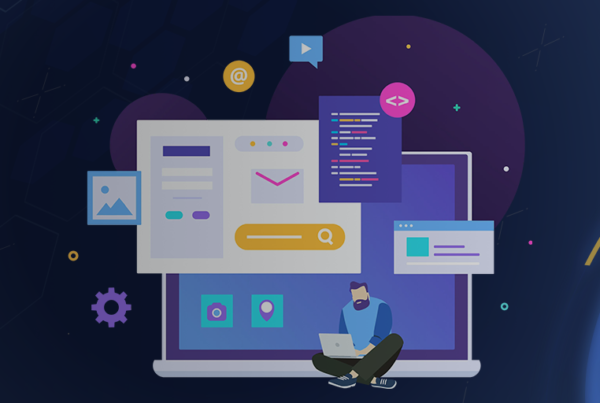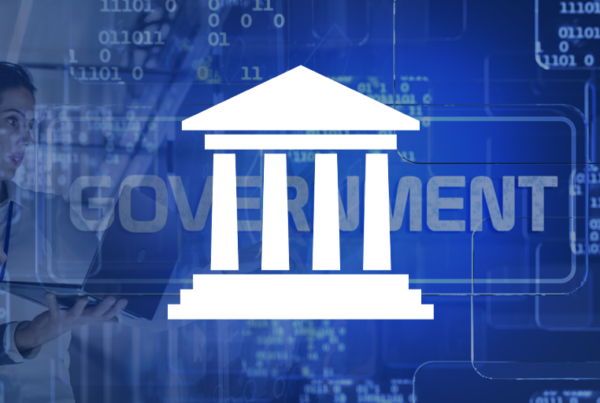In the Race to Be Innovative, Have We Vitiated Innovation?
The Paradox of Incremental Innovations
Today’s world of enterprise is marked by intense competition. In order to survive and thrive, businesses have to be innovative, but in our quest for the new and novel, we haven’t really raised the bar. Instead, we have diluted true innovation.
How do you define innovation? According to Wikipedia, “innovation is a new idea, more effective device or process that brings better solutions to meet new requirements, inarticulated needs, or existing market needs through more effective products, processes, services, technologies, or ideas that are readily available to markets, governments and society. The term innovation can be defined as something original and more effective and, as a consequence, new, that ‘breaks into’ the market or society.”
In today’s marketplace, information technology is playing a key role in modernizing industries and improving human lives. We expect to see radical transformations over the next decade, from fully connected homes and workplaces to self-driving cars and humanoid robots with artificial intelligence and advanced computer systems capable of replacing human laborers in many fields. Now in their infancy, innovation is key to finally making all of these technologies mainstream.
What Is Truly Innovative?
These days, a lot of new developments are nothing more than slight variations of existing systems offering incremental improvements at best. But that doesn’t stop businesses from marketing them as “innovative” solutions. Every new startup markets their app as innovative, but none of these apps can really be considered life-changing. Clearly businesses are prepared to use the term innovation very casually. An article published on Forbes presents a similar perspective on how low the standards for innovation have fallen.
Weighing our earlier definition of innovation against what we are seeing in software today, it is clear that what we’re getting is not true innovation. Innovation meets three primary goals:
- Meeting new requirements, inarticulated needs, or existing market needs
- Bringing more effective products, processes, services, technologies, or ideas to meet them
- Making those products, processes, services, technologies, or ideas readily available to markets, governments and society
Now let’s put our current crop of software applications to the test. Do they really qualify as innovations? As far as the mobile app marketplace is concerned, the sheer volume of apps is overwhelming. And while many of these apps are very useful and capable of delivering meaningful experiences, it would be an exaggeration to call these developments innovations. What about self-driving cars? Many forward-thinking businesses are, in fact, working on next-generation technologies that will power driverless cars. Do driverless cars meet our new or market needs? People seem to be getting along fine without them, so maybe they don’t, but perhaps they represent an inarticulated need. Finally, are these cars readily available to markets, governments and society? Will they be fully adopted any time soon? We don’t know. Driverless cars may or may not turn out to be life-changing products, but we cannot call their existence a true innovation until people can actually use them. We need solutions that are market-ready.
New and Existing Market Needs
Connected homes, cars, workplaces and devices; everywhere computing; wearable technology and robots powered by artificial intelligence—all promising ideas, but when will they gain full market acceptance and become available for widespread use? Well, before we can achieve an interactive world where billions of inanimate objects will be interconnected via the internet, we need to think of a way to make these devices work together. If hardware sellers have their way, we might end up with many different walled gardens tightly guarded by large vendors. This degree of fragmentation may very well exacerbate existing needs rather than resolve them.
Articulated and Inarticulated Needs
I discussed the idea of bounded rationality in an earlier paper. While we do articulate a lot of our needs, we do not always fully articulate them because of bounded rationality. For various practical reasons, we abandon the search for optimal solutions and settle for managing our needs with whatever works, however flawed it may be. Though we make do with what we have rather than articulating our true needs, we would still welcome technology that makes our lives easier.
For example, think about all the data we have to manage every day. We receive data through numerous channels in a highly fragmented manner in the form of emails, texts, instant messages, social media feeds and so forth. All of these separate channels require us to remember different log-ins and passwords, learn different user interfaces and navigate our way through different walled gardens. Despite their ability to offer engaging isolated experiences, such applications do not readily integrate, rendering our overall user experience fragmented. Certain applications are good at something, but do not work well for other things. And so we resort to using combinations of different applications to meet our needs. Imagine the exponential growth of this problem when we eventually find ourselves surrounded by billions of connected devices, spawning a massive influx of new applications to access them.
Google’s driverless car, among its other moonshot projects, is an inspiring initiative that represents innovative thinking. Microsoft’s HoloLens augmented reality system is also a great sign of innovation that is beginning to make its way into the mainstream. These ideas will drive us forward into the next decade, and hopefully, they will soon make their way from labs into our homes.
However, exciting as these concepts are, the greater innovation may ultimately be the one that addresses the everyday software needs of average users. Should we focus our efforts on a self-driving car or an augmented reality headset, or do we want a more fluid computing experience from applications that we use dozens of times a day? Clearly, there is nothing innovative about the apps we now employ for day-to-day functions. That is where we truly need innovation, because it has the greatest potential impact on our lives.



























